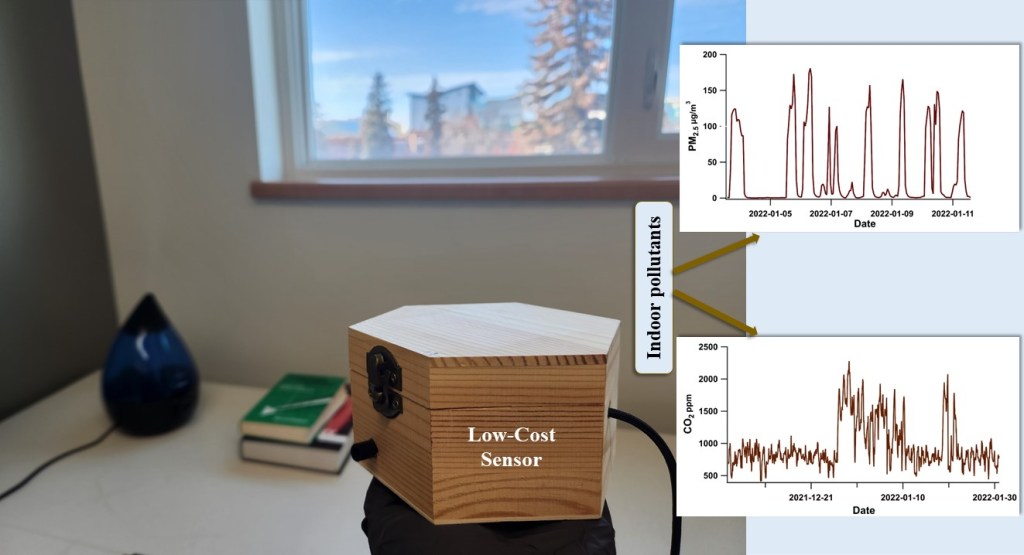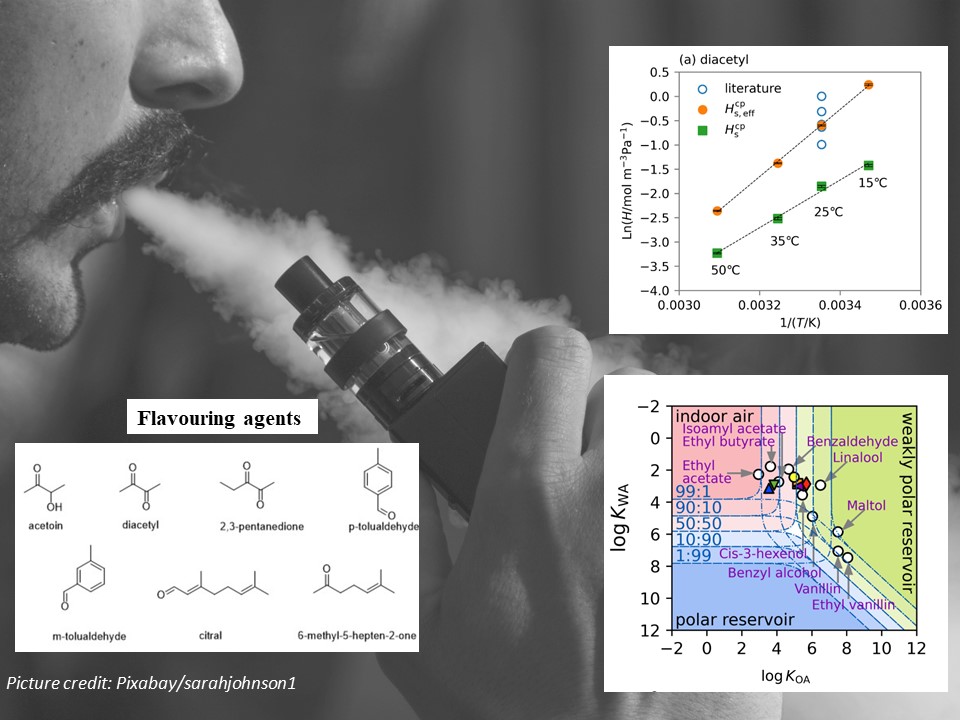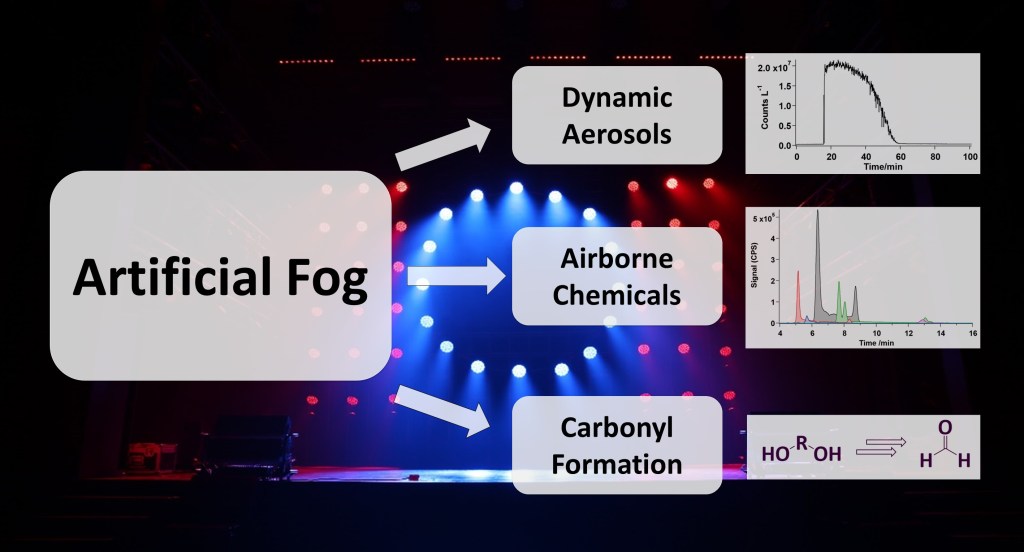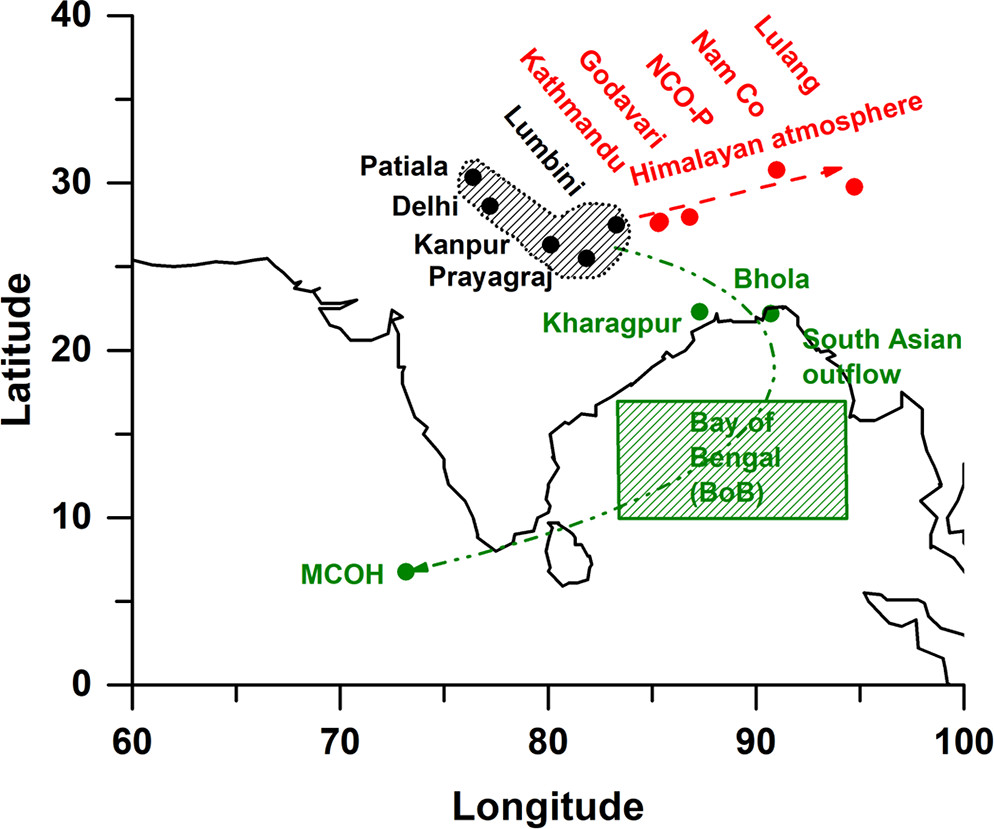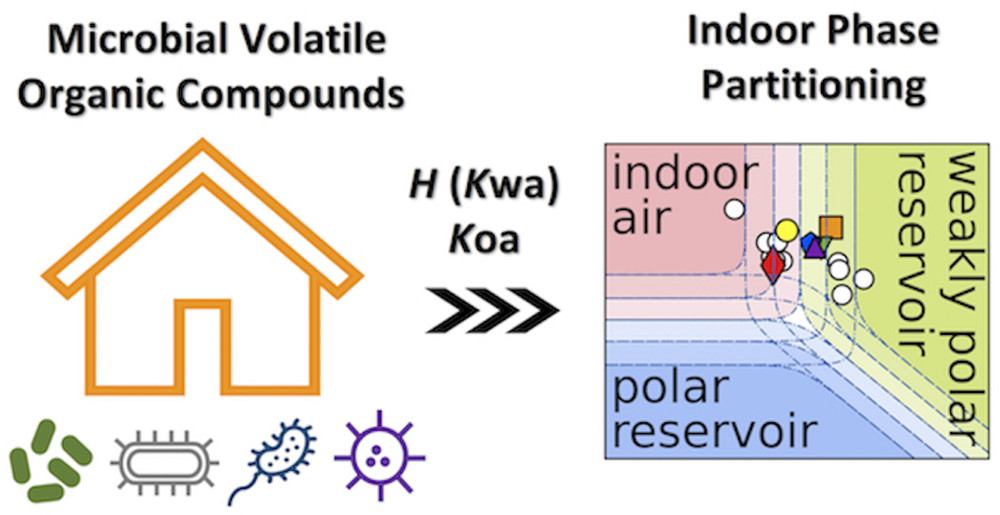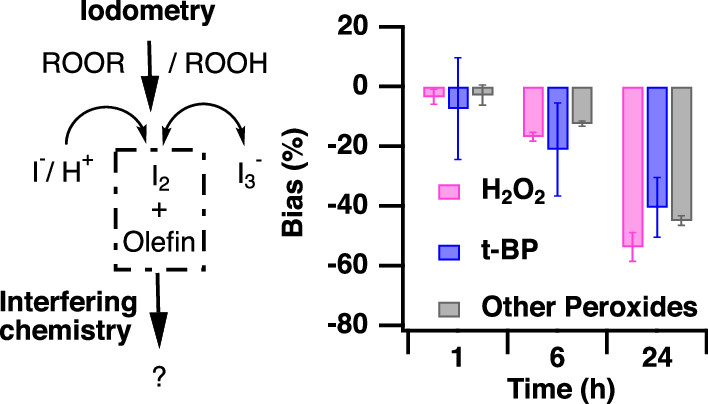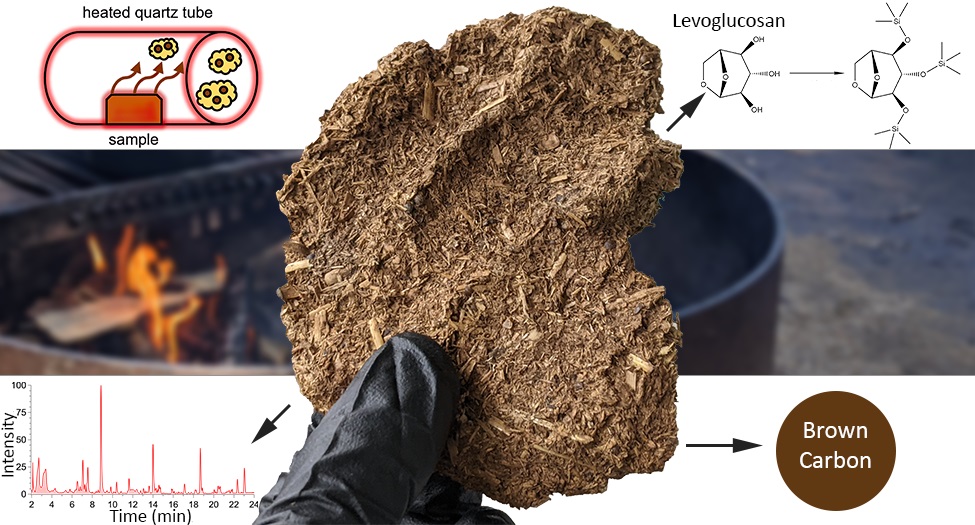The group is very excited to see our first publication using low-cost sensors. The sensor – we assembled ourselves – represents a collective efforts of three undergrad student/research associates (Ryan, Ariel, and Wayne), and two graduate students (Rowshon and Timothy) over the past three years. The sensor sends real-time data of PM, CO2, temperature, and RH to ThingSpeak, an online data platform for storage and analysis. In this paper, just published online by RSC Environmental Science: Atmospheres (LINK), we deployed 35 sensors in school-run residences in a Canadian university for four months. Despite the number of students who live on campus, there is surprisingly little information about indoor air quality in such kind of residences. Low-cost sensors were a great fit to this purpose, for its low cost, quietness, and the ability to provide real-time yet personalized air quality information. We identified humidifier use and cooking as the two main sources of indoor PM2.5. Ventilation and outdoor sources also affected indoor air quality. Our study also highlighted challenges of air quality management during extremely cold periods.
This project was funded by University of Alberta’s Campus Sustainability Grant.
